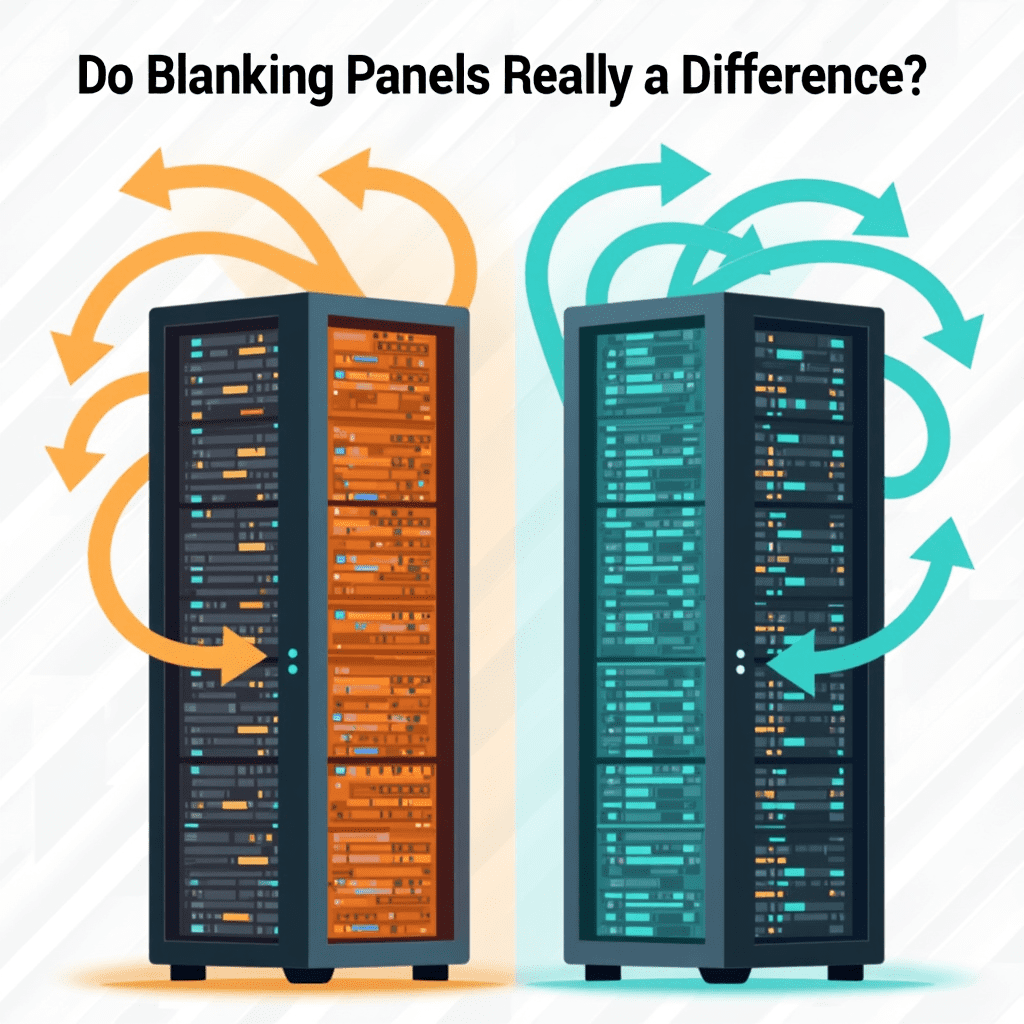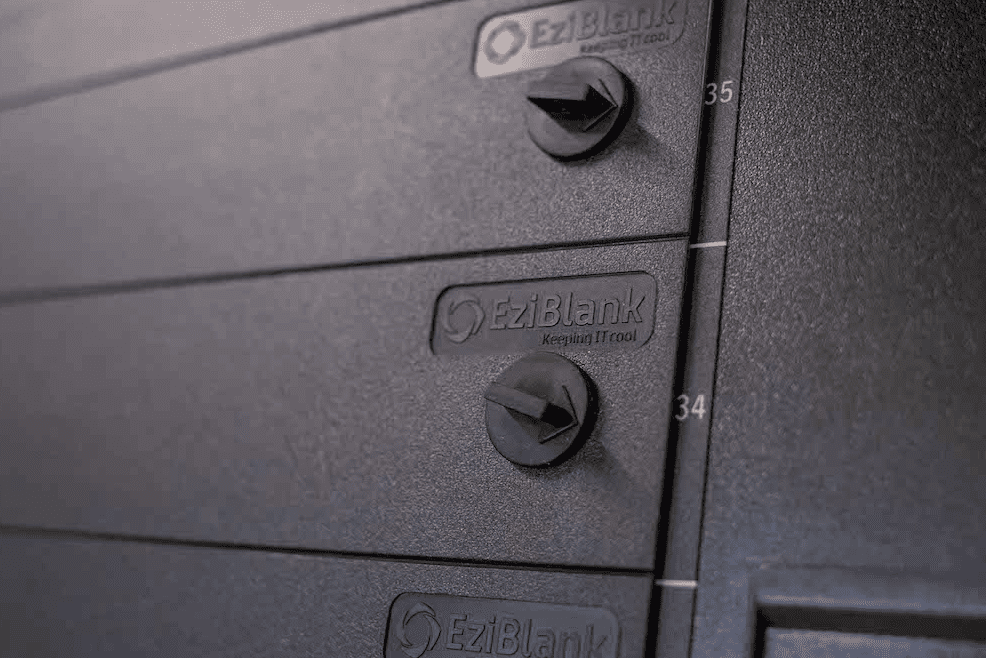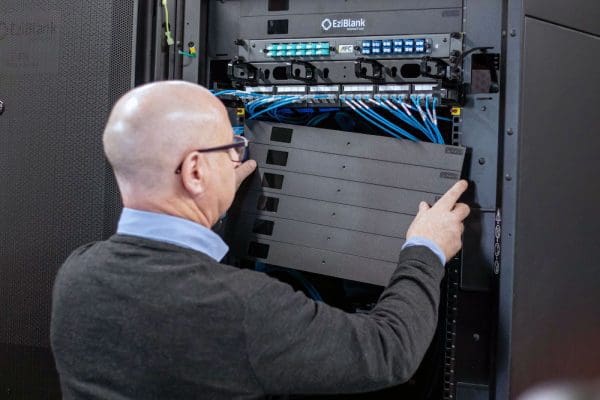In the world of data centers, blanking panels are often an overlooked component of rack management. Some IT professionals question whether they are truly necessary, while others assume their impact is minimal. But the truth is, blanking panels play a critical role in maintaining proper airflow, optimizing cooling efficiency, and protecting your hardware investment. Let’s debunk some of the most common myths surrounding blanking panels and uncover why they’re a must-have for any well-managed data center.
Blanking panels are crucial for managing airflow inside server racks.
Without blanking panels, cool air from CRAC (Computer Room Air Conditioning) units or in-row cooling systems can escape through open U-slots instead of being directed to active equipment. This leads to hot spots, inefficient cooling, and increased energy consumption as cooling systems work harder to compensate.
Think of it like a ventilation system in a house; if there are gaps, air will escape where it shouldn’t, making heating or cooling less effective. Blanking panels act as a barrier, ensuring that cold air goes where it’s needed most.
Even small and mid-sized data centers can see significant improvements in efficiency.
Many assume that blanking panels are only necessary in hyperscale or enterprise-level data centers. In reality, any environment using rack-mounted servers can benefit from proper airflow management.
Whether you’re running a small on-premises server room, a colocation facility, or an edge data center, blanking panels help maintain optimal temperature control, reduce cooling costs, and extend the lifespan of IT equipment.
While blanking panels do improve rack appearance, their function is far more important.
A well-organized rack with blanking panels does look more professional, but their primary role is airflow control. By sealing unused rack space, they prevent hot air from mixing with cool intake air, maintaining the hot aisle/cold aisle containment strategy that most data centers rely on.
Neglecting blanking panels doesn’t just create an untidy look—it leads to temperature inconsistencies that can cause servers to overheat and even fail prematurely.
Different types of blanking panels offer unique benefits depending on your setup.
There are several types of blanking panels, including:
- Solid Blanking Panels – Ideal for completely sealing unused rack space.
- Tool-Less Blanking Panels – Quick and easy to install without screws.
Choosing the right blanking panel depends on your rack design, cooling strategy, and ease of installation preferences. Investing in the right type ensures you get the best performance from your cooling system.
Blanking panels provide long-term savings by reducing energy costs and hardware failure rates.
While some IT managers hesitate to invest in blanking panels, the cost of inefficient cooling, excessive energy consumption, and premature equipment failures far outweighs the price of blanking panels.
By improving cooling efficiency, blanking panels can help reduce overall power consumption, lower operational expenses, and minimize the risk of costly downtime.
Small Change, Big Impact
Blanking panels may seem like a minor addition to a server rack, but their impact on cooling efficiency, energy savings, and equipment longevity is undeniable.
If you haven’t already optimized your rack with blanking panels, now is the time to take action. A simple, cost-effective solution like Eziblank’s premium blanking panels can help your data center run cooler, smarter, and more efficiently.
Don’t let the myths fool you—blanking panels are a small investment that delivers big results!



